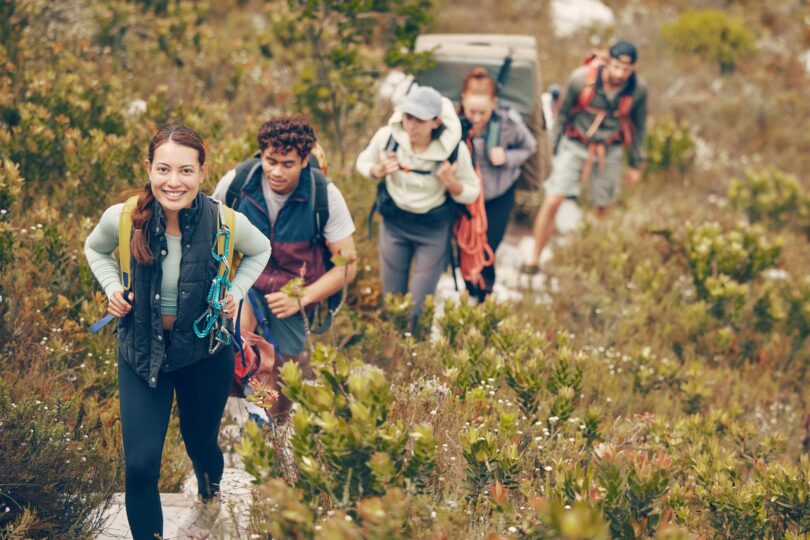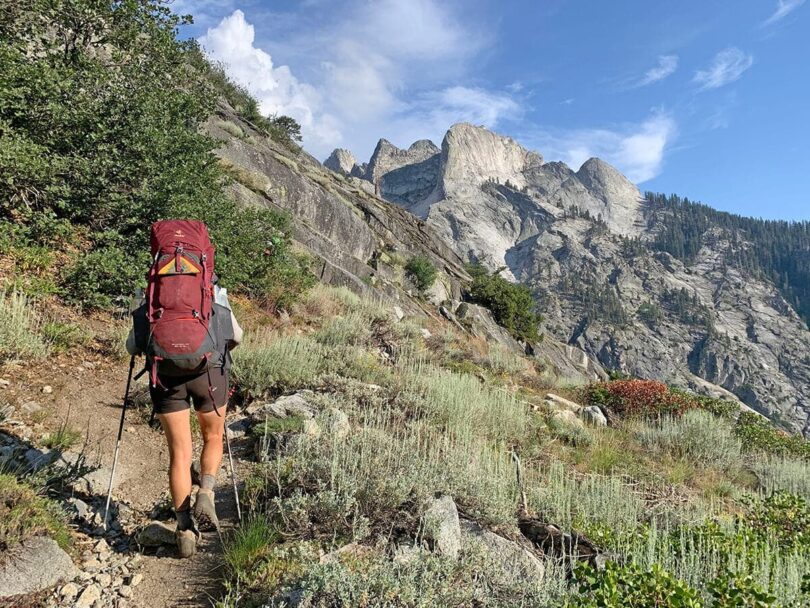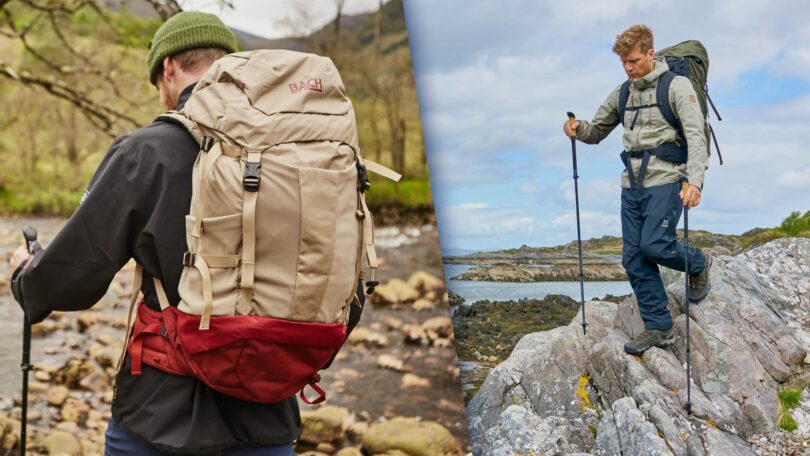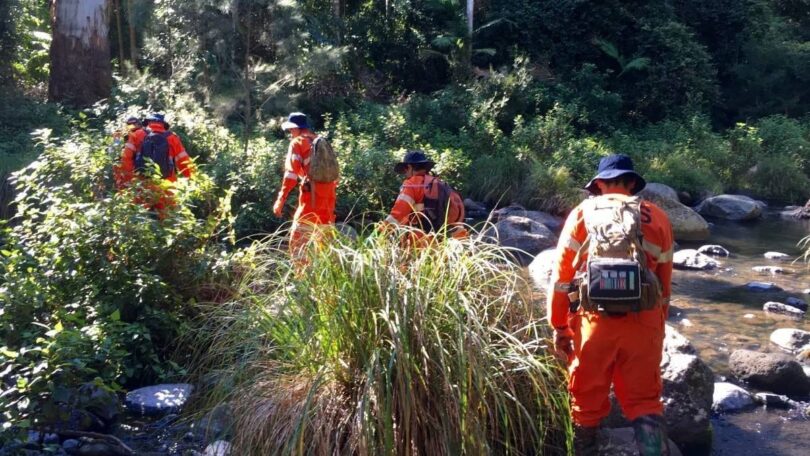Hiking transcends the simple act of walking in nature—it’s a multifaceted experience that melds adventure, the challenge of endurance, and a deep-rooted appreciation for the world’s natural wonders. Central to this exhilarating experience is the pivotal role of gear management. Much like a painter’s palette, where each color has its purpose, organized gear can be the distinguishing factor between an epic, memorable adventure and a trek that ends in disappointment. Organizing your gear not only forms the foundation for safety, but it also enhances the pleasure derived from the journey. As with any art, mastery requires both understanding and practice. So, what’s the secret to mastering this indispensable skill?
Planning the Journey

Source: koa.com
Every great endeavor begins with thoughtful planning. Before lacing up your boots, take a moment to visualize and strategize about your upcoming hike. Consider the environment you’re entering. Is it the arid expanse of a desert or the humid embrace of a rainforest? Are you planning a brief morning escape or a week-long odyssey? These crucial considerations determine your gear requirements. For instance, a desert trail demands extensive water storage and protective measures against the sun, while a journey through the rainforest will require resilient waterproof equipment. By meticulously customizing your gear to your destination and expected conditions, you’re laying down the groundwork for both a safe and streamlined hiking experience.
The Role of Checklists
Past hikes, with their challenges and memories, hold invaluable lessons. However, when it comes to gear organization, memory is a fickle friend. This is where a hiking checklist comes into play, acting as a tangible guide. Whether it’s a traditional paper list or a digital version on your smartphone, this tool ensures that all your essentials are accounted for. Apps like AllTrails and Cairn have carved a niche in offering tailored checklists for hikers. But if you have specific needs, why not create a personalized list? As you gain more hiking experience, you can refine this list, molding it into a reflection of your hiking style and preferences.
Choosing Your Backpack: Your Mobile Home
Think of your backpack as your mobile home while on the trail. It’s the protective shell that holds your essentials, offering them to you when needed. Given its significance, selecting the right backpack becomes a paramount decision. While daypacks, ideal for brief excursions, prioritize mobility and lightness, expedition packs, designed for extended journeys, emphasize spaciousness and structural support. Beyond matching the backpack to the trip’s duration, it’s essential to ensure it fits you comfortably. A backpack that conforms to your body shape distributes weight in a balanced manner, ensuring your back remains strain-free. Also, you could make use of OMM Chest Pod for any type of hiking.
Strategic Packing: A Game of Tetris

Source: bearfoottheory.com
Packing efficiently is reminiscent of a game of Tetris. Every item, just like every Tetris block, has a designated position that ensures optimal space usage. Items that weigh more, such as your food reserves and water, should situate closer to your back’s center. Tools like packing cubes or specialized stuff sacks are invaluable, helping you segregate and access gear with ease. Above all, life-saving essentials, especially first aid kits, should always be within a moment’s reach. This arrangement not only facilitates quick access in emergencies but also saves you the hassle of disassembling your entire pack on the trail.
Emphasizing the Essential
Life teaches us that not all burdens are worth carrying, and this wisdom applies doubly on the trail. Identifying the non-negotiables is key: potable water, reliable navigation instruments (maps, compass, GPS), crucial first aid components, and, for prolonged hikes, dependable shelter options. The allure of packing for every conceivable situation is strong, but succumbing to this can result in a back-breaking load. Instead, focus on weight distribution. Achieving a balanced backpack load is more about strategic placement than merely shedding weight. When items are symmetrically packed, each step on the trail feels more stable, minimizing weariness.
Layering: The Key to Accessibility
Approaching your gear with a layering mindset can revolutionize accessibility. Categorize items into core (those you’ll use predominantly at camp or infrequently) and accessory layers (items you’ll reach for regularly). This means your sleeping bag, a core item, nestles at the bottom, while accessory items, maybe your energy bars or rain poncho, remain accessible on top or in easily reachable pockets. This layered approach eradicates unnecessary chaos, ensuring each item is exactly where you expect it to be.
Harnessing Backpack Features

Source: outdoorsmagic.com
Today’s backpacks are marvels of design, replete with clever features like gear loops and multiple pockets. These design elements aren’t just for show; they serve distinct, functional purposes. Hydration bladders, carabiners, poles, or even lightweight headgear can secure onto gear loops, while side pockets provide easy access to refreshments or snacks. By utilizing these design features, you uphold organization and ensure that every tool is readily available, enhancing efficiency.
Eliminating Redundancy
On the trail, the age-old adage “less is more” holds true, especially when it comes to gear duplication. It’s essential to comb through your gear, rooting out any unnecessary multiples. Embrace tools that multitask. Consider the spork, a genius fusion of a fork and spoon. By opting for such multifunctional gear, you not only reduce the physical weight but also declutter, simplifying gear management.
Nature’s Call: Leave No Trace
Nature graces us with breathtaking vistas and serene moments; in return, we owe her our respect and care. The Leave No Trace principles are a testament to this symbiotic relationship. By ensuring all waste is carried out and reducing campfire impacts, we protect these trails, preserving them for future generations. Proper gear organization bolsters adherence to these principles, ensuring all waste is securely stored and correctly discarded after the hike.
Maintenance: The Unsung Hero

Source: professionalstamborinemountain.com.au
Once your hike concludes, it’s tempting to shove your gear aside and bask in the afterglow. However, post-hike is the prime time for gear maintenance. A thorough inspection can identify dirt accumulations, potential wear, or damage, allowing you to address issues promptly. Regular assessments ensure that each piece of gear remains ready for your next adventure. This proactive approach not only extends your equipment’s lifespan but also guarantees reliable performance, providing peace of mind.
In Conclusion
Mastering organization on the trail is a harmonious blend of art and discipline. It significantly amplifies the safety and sheer joy derived from hiking. As you venture on more hikes, continue refining your gear strategy, extracting lessons from every trail, and every misstep. After all, a well-curated backpack isn’t just a collection of objects—it embodies memories, dreams, and the anticipation of countless trails yet to be explored. Here’s to more organized, exhilarating hikes in your future!







